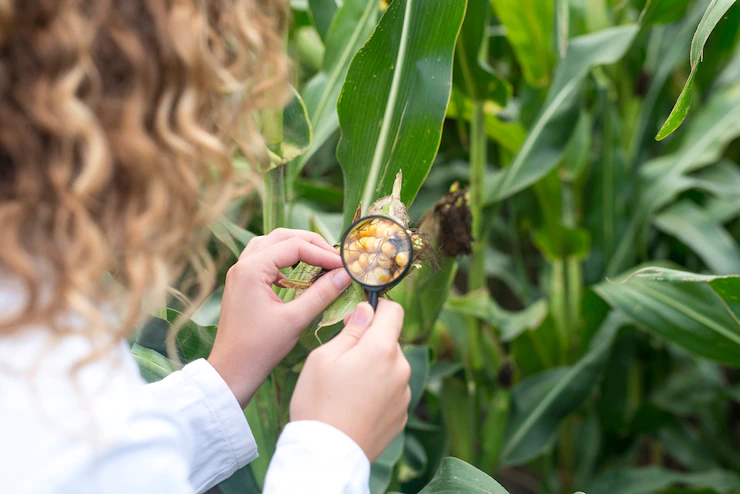Integrated Pest Management (IPM) is an approach to managing pests in agriculture that focuses on minimizing the use of pesticides while maintaining sustainable and effective pest control. IPM strategies involve a combination of techniques and practices to prevent, monitor, and manage pests. Here are the key steps for implementing IPM strategies in agriculture:
- Pest Identification: Accurate identification of pests is crucial for developing effective IPM strategies. Farmers need to identify the specific pests present in their crops and understand their life cycles, behavior, and potential damage.
- Set Action Thresholds: Action thresholds are predetermined pest population levels at which control measures need to be implemented. By monitoring pest populations regularly, farmers can determine when the population reaches a level that requires intervention.
- Prevention: IPM strategies prioritize preventive measures to minimize pest problems. This includes selecting pest-resistant crop varieties, implementing proper crop rotation, using healthy and certified seeds, and practicing good cultural practices, such as maintaining proper irrigation and fertilization.
- Monitoring: Regular monitoring of pests helps in early detection and decision-making for pest management. Farmers can use various methods, such as visual inspection, pheromone traps, sticky traps, and digital tools, to monitor pest populations and assess crop health.
- Biological Control: IPM encourages the use of natural enemies to control pests. Beneficial insects, like ladybugs or parasitic wasps, can be introduced to the crop to prey on or parasitize pests. Additionally, farmers can use microbial pesticides or biopesticides derived from naturally occurring substances to control pests.
- Cultural Control: Cultural practices that alter the crop environment can help manage pests. These practices include crop rotation, intercropping, adjusting planting dates, using trap crops, and maintaining proper sanitation in and around the farm.
- Mechanical and Physical Control: Mechanical and physical methods can be employed to physically remove or deter pests. Examples include using insect nets, installing barriers, handpicking pests, employing traps, and employing mechanical devices like vacuum machines for certain pests.
- Chemical Control: When necessary, targeted pesticide use can be employed as a last resort. However, the emphasis is on using selective pesticides that target specific pests and minimize harm to non-target organisms, including beneficial insects. Pesticides should be used judiciously and according to label instructions.
- Record Keeping and Evaluation: Maintaining records of pest management activities and their effectiveness is important for evaluating the success of IPM strategies. This information can help farmers make informed decisions for future pest management plans.
- Education and Training: Continuous education and training of farmers, agronomists, and farm workers is essential for implementing IPM successfully. Training programs should cover pest identification, monitoring techniques, proper use of pesticides, and the importance of adopting IPM practices.
By implementing these IPM strategies, farmers can reduce pesticide use, minimize environmental impact, conserve natural resources, and achieve long-term sustainable pest management in agriculture.
Join 'Farmers Mag' WhatsApp Channel
Get the latest Farming news and tips delivered straight to your WhatsApp
CLICK HERE TO JOIN






